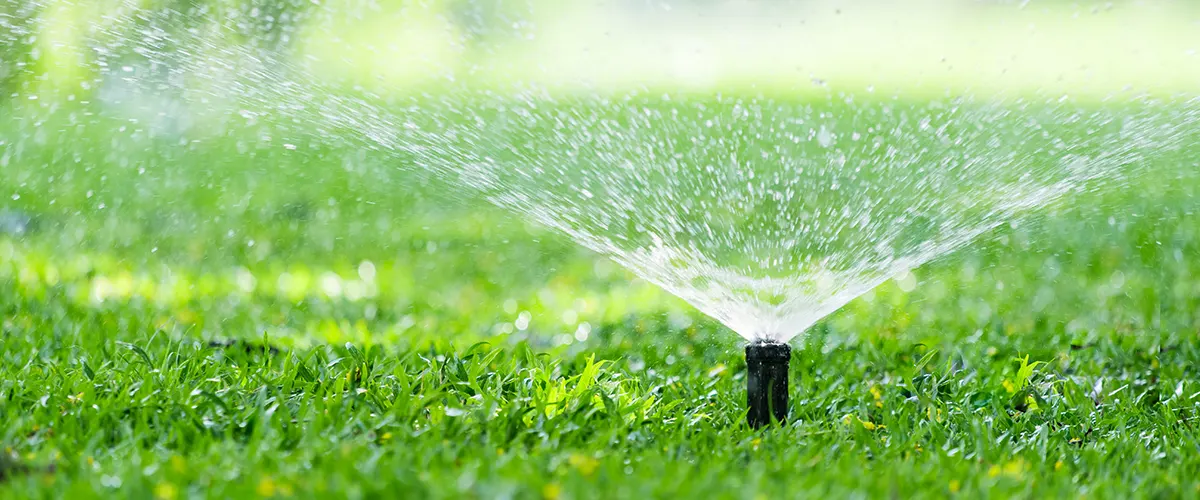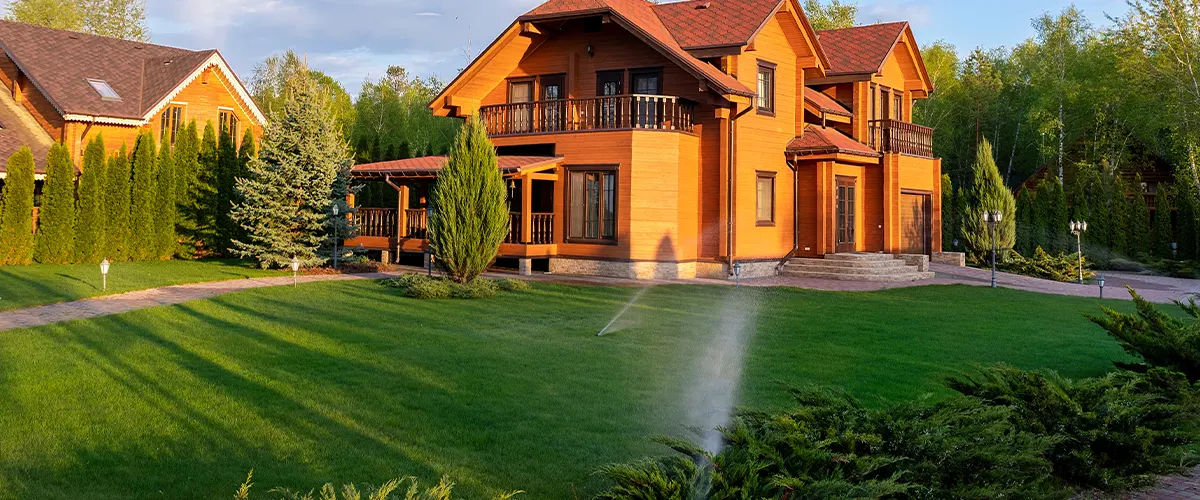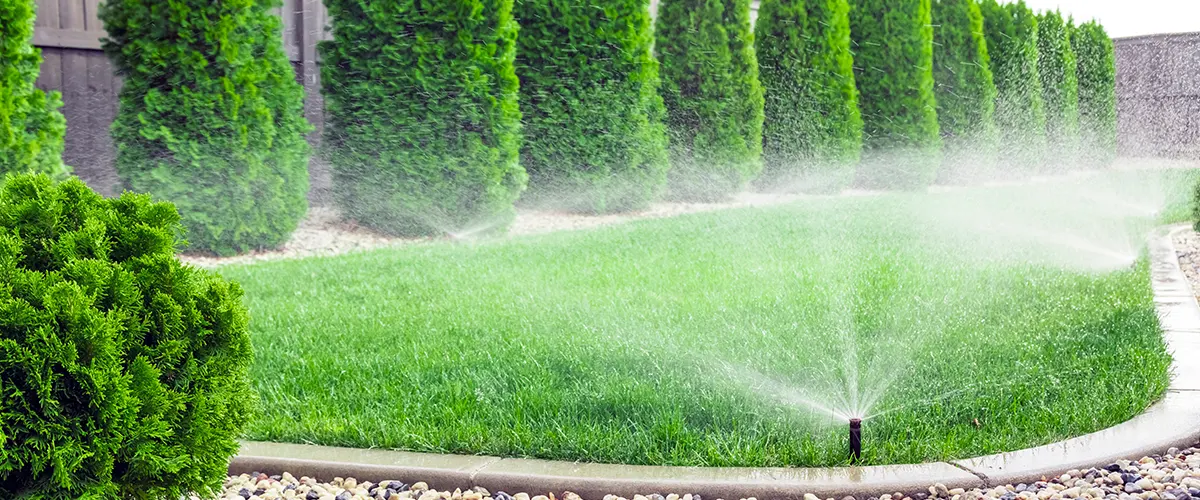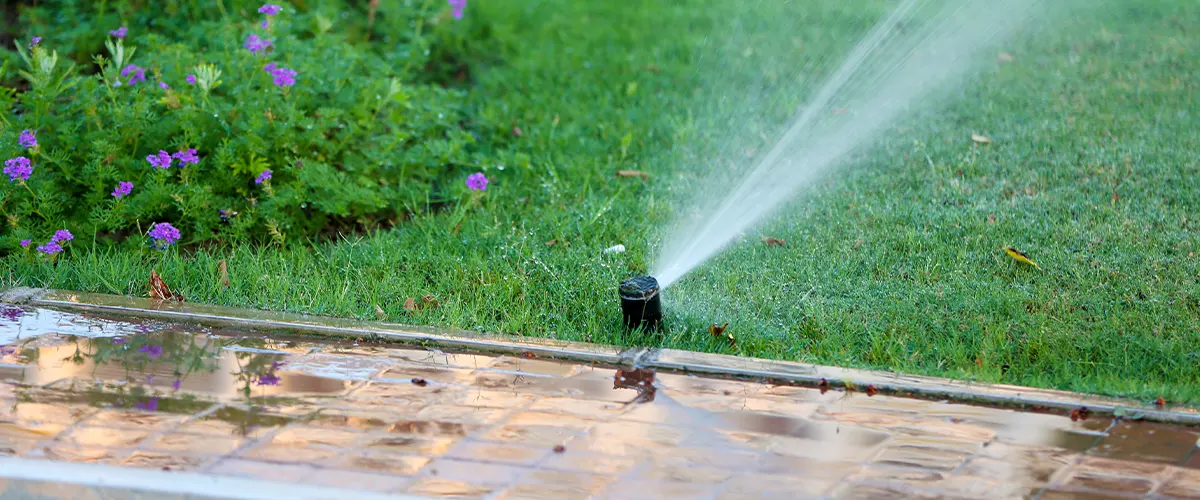
Preparing Your Sprinkler System for Winter
Shut Down Your System
Inspect Your System
Insulate Pipes and Valves
To further protect your sprinkler system from freezing temperatures, you should consider insulating both pipes and valves with insulation material specifically designed for this purpose. Insulation helps keep warm air inside pipe systems so that they are less likely to freeze during extreme cold snaps.
It also helps maintain consistent pressure throughout the entire length of piping so that water can flow freely without interruption when temperatures rise again in the springtime. Properly insulated pipes and valves will last longer and require less maintenance over time than those left exposed to cold weather conditions without protection.

Benefits Of Winterizing Your Sprinkler System
Protecting Against Damage Caused by Freezing Temperatures
Avoid Excessive Water Use During the Off-Season
Prevent Corrosion and Rusting of Pipes

Methods of Winterization
Blowout Method
Winterization Kit
Chemical Treatment
Lastly, some people prefer to use chemical treatments when winterizing their sprinkler systems. These treatments are designed to help prevent corrosion and freeze damage caused by extreme cold temperatures during the winter months. Chemical treatments are typically sold in liquid form. They should be added directly into the sprinkler system before turning off the main supply valve for optimal results. Be sure to follow all instructions carefully when using chemical treatments as they can be hazardous if not handled properly!

Conclusion
Winterizing your sprinkler system is one of the most important maintenance measures you can take to ensure it operates properly when the warmer weather comes around.
By taking a few extra steps, such as disconnecting hoses, draining the pipes and covering exposed parts, you can make sure that your sprinkler system won’t be left vulnerable to cold weather damage and malfunctions when spring arrives. While following these tips will help prolong its lifespan, keep in mind that doing regular inspections and repairs is also essential.
If you need expert advice on how to winterize your lawn irrigation system or if you are having issues with it or something else related to lawn care, don’t hesitate to contact us. We would be more than happy to provide our professional opinion and years of experience on all subjects regarding sprinklers and landscapes for any season.
Get in touch with us today if you need help preparing your landscape for winter – we would be more than happy to assist you!
